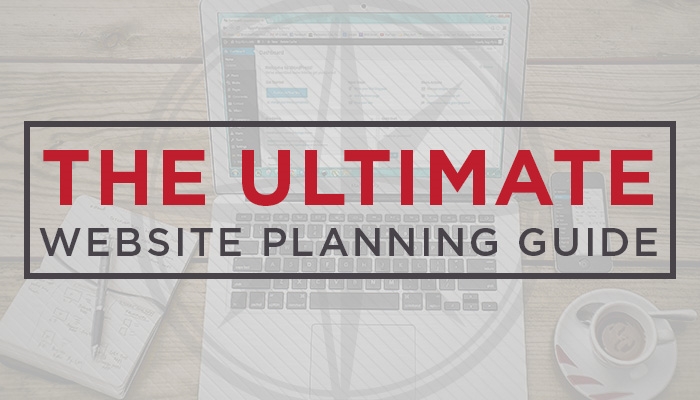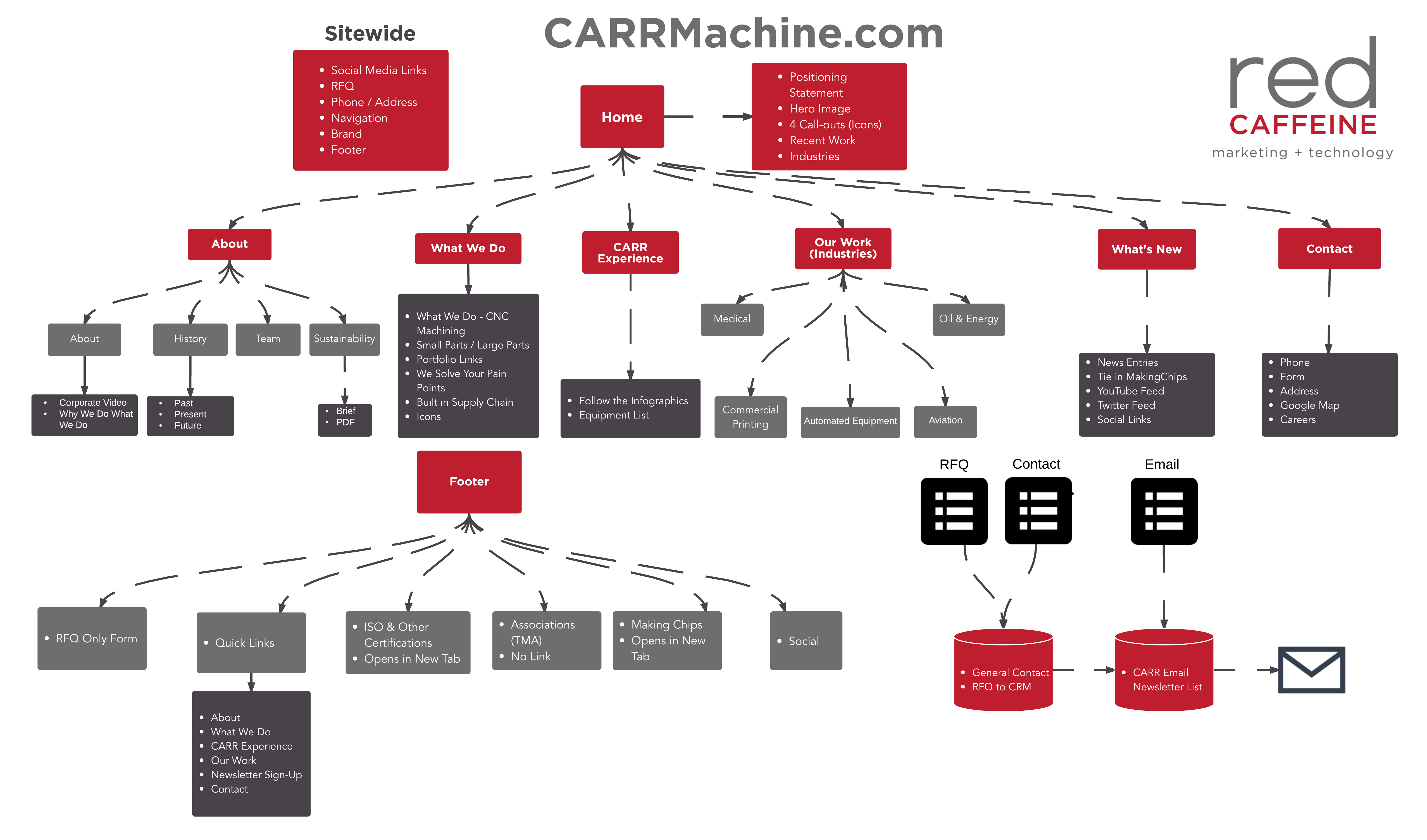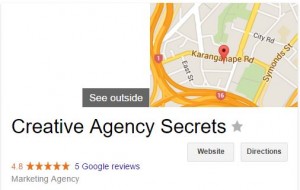— July 14, 2017

Let’s face it – websites are expensive and a huge undertaking. It’s one small step for the internet and one giant leap for the future of your business. If done well, your website will serve as a 24/7 sales rep for your business – attracting and nurturing prospective customers.
We hope to equip you with questions you should be asking yourself before diving into a new website. Whether you plan to build it in-house or hire it out, be prepared to invest some serious time and thought into your goals, user experience, and functionality. Here’s a cheat sheet to get you started.
1) WEBSITE GOALS
Before diving in, start with your goals! What are you trying to accomplish? Who’s your audience? How do you want people to interact with your website (what’s your call-to-action, or CTA)? How do you want to leverage content?
Here are examples of common website goals:
- Increasing Sales – How can you use Search Engine Optimization (SEO), user-friendly experience, and CTAs to increase sales?
- Becoming an authoritative and trusted resource – What content would your customers and prospects find valuable? Tip: Ask your sales team for the most frequently asked questions and write content that sheds light on those areas.
- Functionality – What features will help customers and prospects get in touch with you? Easy-to-use forms, contact information, Request for Quote (RFQ) forms, live chat, etc.
2) USER EXPERIENCE (UX)

Once your goals are set, it’s time to consider how to amplify user experience (UX). How easy and logical is it to navigate and use your website?
Websites with great user experience (UX) are…
- Tailored to attract a specific target audience
- Logical to navigate and find the important information
- Capable of unique functions
- Full of engaging content
- Search Engine Optimization (SEO) friendly
- Optimized for mobile
One way we help our clients articulate how they want a user to navigate their website is to research 3-5 websites they absolutely love and 3-5 they dislike and discuss with us specific elements or features they’re attracted to or repelled by.
Great! So now you have a website that’s founded in strategic goals and is user-friendly. But what should people do once they get there? Think about outcomes: What actions should visitors take once they land on your site? Being strategic of CTAs is crucial. Do you want users to:
- Submit a quote?
- Upload a form?
- Download a brochure, whitepaper, e-book, etc.?
- Buy via e-commerce?
3) CHOOSING A WEB PLATFORM
Be wise about the platform you use to build your website. It’s like building a house. You can buy a cheap and quick solution, but you’ll sacrifice quality, adaptability, functionality, and differentiation.
When picking your website platform, keep all the upfront costs in mind – licensing fees, ease of use, updatability, integration with marketing automation tools and content management systems (CMS), etc. This decision should be informed by your website goals and expectations. Our development team is a cheerleader for an open-source platform called Umbraco. There are no licensing fees and it allows us to build beautiful, custom websites with unique functionalities and integrations.
TIME OUT! LET’S BREAK IT DOWN
I know. It’s a lot to digest. All this information can sound overwhelming, so let me boil it down. Here’s what you need to consider when building a website that serves as a destination for your marketing and sales efforts:
- Start with your goals – What are your website and business goals?
- Consider the experience aspect of user experience (UX).
- Keep your target audience in mind. Build a site they would love!
- Utilize CTAs. Make it easy for users to take action.
- Choose your development platform wisely. It should align with your website goals and expectations.
Red Caffeine assigns homework to our clients before we start talking websites. Our Website Planning Guide gives more direction to this process and helps clients pinpoint exactly what they like and dislike about other websites.
Digital & Social Articles on Business 2 Community
(70)







